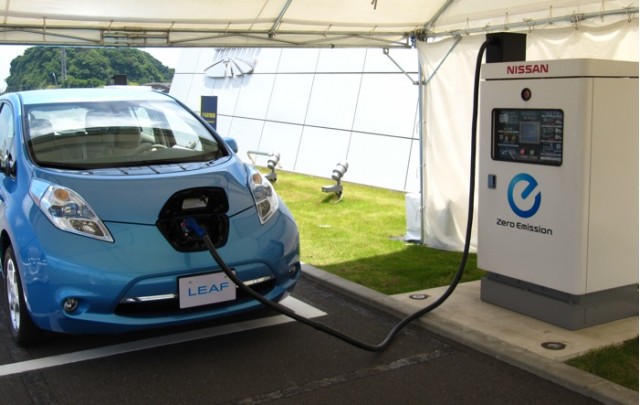This is a very interesting question, and is one I have considered before and talked with my wife about. First off, why I don’t have it yet:
Before and after I ordered, Tesla offered the option of selecting the dual charger in configuring the order, and I would have considered adding it. But for a short time period, back in January 2014, Tesla did not offer it as a separate option. They ONLY offered a bundled option of the second charger & the wall connector (which I didn’t need) for $3,800!!! That was awfully high for something I would rarely use plus something I would never use.
I don’t generally see any need for it at home, especially if you do have a Supercharger in your city for some rare weird use case where you need a quick refill for some reason. And for destinations, it’s usually not very necessary.
The use case I do have exists very rarely, but I do have it. I live in Boise, and if you look at the Supercharger map, it is right next to a huge hole in the Supercharger placement to the West/South, with a couple of major routes that are too long for a full charge of the car. They happen to be US highways, though, not interstates, so Tesla hasn’t done anything with them. Helpful Tesla owners have donated wall connectors to businesses, where they are installed on high power circuits. So they make these routes fairly passable with a high amp refill in between the Superchargers at either end. But if you don’t have the high amp chargers, these stops are near 2 to 3+ hours, which is a little rough along your trip.
But really, we’re in 2018, and Tesla is continuing to add more Superchargers, so these odd gaps will get filled at some point in the next few years. And even so, for a route that we use maybe once or twice a year, I can rent a car or take our other car for the next couple of years until Supercharger coverage makes it moot.
[As it turns out, our S 100D has the 72A charger on board, and Tesla wants us to spend $1900 to flip a software switch.]
I don't think that is correct. They were going back and forth a bit with the Model X, and builds at different time frames had the actual 48A one or the 72 software limited to 48A, but by the time they rolled the updates into the refreshed Model S, they weren't doing the software limited chargers anymore, so all Model S cars require a hardware swap to go from the 48 to the 72. See this comment showing the description of this and the date ranges involved.
Did anyone upgrade from 48 to 72 Amps?


